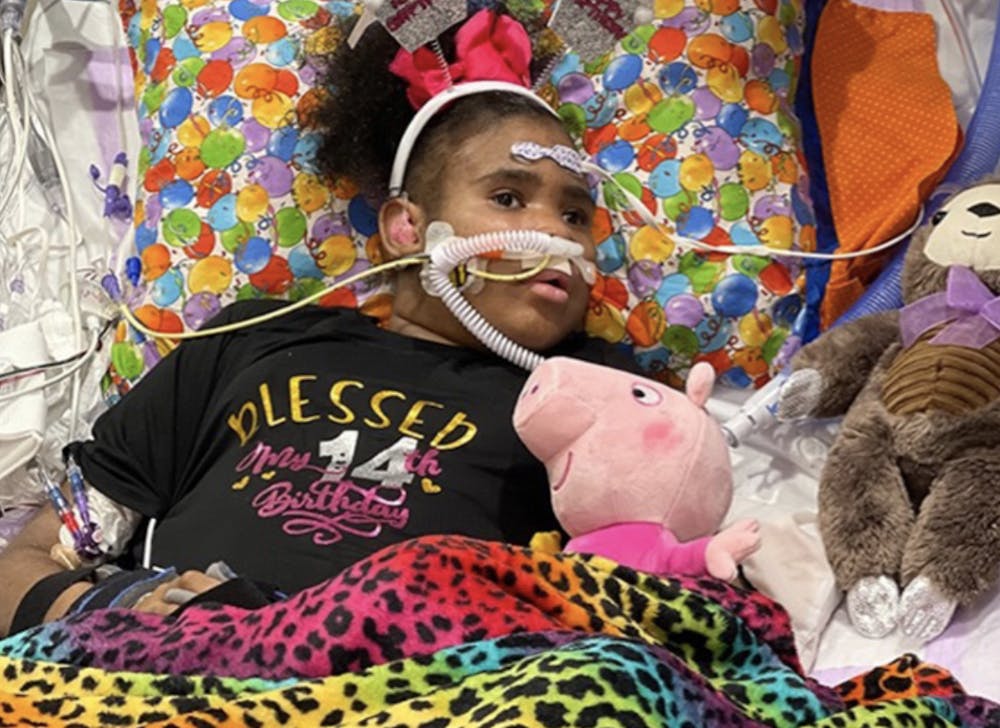A Duke medical team successfully performed the first donation after circulatory death (DCD) heart transplant in a pediatric patient last month, expanding the potential heart donor pool.
The pediatric patient was 14-year-old Jaynzra “Nae” Rice. Rice was hospitalized at Duke earlier this year with breathing difficulties and received a left ventricle assist device that helps the heart pump, according to a Duke Health press release.
About three months after the hospital discharge, the family received news that Rice was eligible for the first pediatric DCD heart transplant. Rice’s mother, Brandaline Rice, said she felt overjoyed.
“I felt blessed that she would be able to receive a new heart and be able to be the first to go through this so that many kids can have the opportunity to have this available to them,” Brandaline Rice said.
Turek and Assistant Professor of Surgery Benjamin Bryner retrieved the donor heart. Assistant Professors of Surgery Nick Andersen and Jacob Schroder were the lead surgeons on the procedure, which took place on Aug. 31.
Andersen hopes that this first transplant will kickstart this technology in pediatrics and motivate others to pursue it. This technique could increase the number of heart transplants performed by 50%, Andersen said, “which would help more children get heart transplants and get them earlier.”
Nae Rice’s existing heart pump made the operation harder, Andersen said. However, being with the same medical team he worked with for previous transplants lessened the pressure.
Meanwhile, Brandaline Rice felt a rollercoaster of emotions.
“I was happy, scared and anxious—until I knew the surgery was over,” Brandaline Rice said.
Although Nae Rice is having a little bit of breathing issues post-operation, she is strong and will continue to recover, Brandaline Rice said.
“She just rolls with the punches, so she’s ready to get back to some normalcy,” she said. “She loves school and she loves riding the bus; she is ready to get back on the school bus.”
How the transplant works
The main difference between traditional heart transplants—known as donation after brain death transplants—and DCD is the procurement of the heart from the donor.
Previously, DCD hearts could not be used due to damage incurred during procurement.
Now, using organ preservation technology approved by the Food and Drug Administration from the company TransMedics, the heart is retrieved from a deceased donor with no cardio-respiratory function and circulated with warm, oxygenated blood to maintain pumping action.
Duke has been a pioneer in DCD surgeries, having performed over 50 DCD adult heart transplants since the first in December 2019. However, the first procedure on a pediatric patient was particularly exciting because it was “very hard to get pediatric patients into trials,” according to Associate Professor of Surgery Joseph Turek.
“It's just a limitation of pediatrics, so it's very exciting to be part of something that can help out kids down the road,” Turek said.
Get The Chronicle straight to your inbox
Signup for our weekly newsletter. Cancel at any time.

